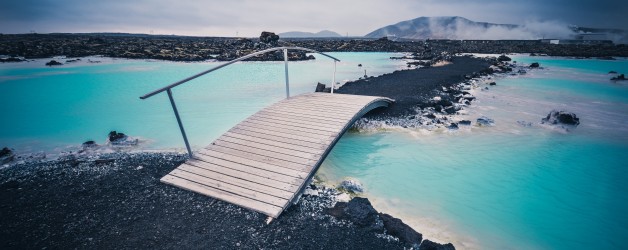The move toward greater inter- and transdisciplinarity creates opportunities as well as challenges for researchers, publishers, funders and communicators.
T he natural and social sciences occupy different worlds, not only in terms of language, methodology and approaches but also in terms of how and where the research is published. Historically, even interdisciplinary journals have rarely transgressed these major disciplinary groupings. Whereas authoring books and book chapters remains the staple of many social scientists, this is definitely not à la mode in the natural sciences.
Recent years, though, have witnessed winds of change, at least as far as journals are concerned: an increasing number is experimenting with content that cuts across topics in the natural and social sciences. The Anthropocene Review, for example, has successfully blended research and opinion that spans the socio-economic as well as biogeochemical dimensions of this concept.
Importantly, players at the top such as the newly constituted Springer Nature – traditionally focused on the natural sciences – have jumped aboard this ship. Nature Climate Change, which launched some years ago, in fact comes third among social-science journals according to one ranking (accessed on 8 June). Nature Human Behaviour is on the way.
Meanwhile, funding agencies too have begun designing calls to address participatory research and research involving stakeholder engagement, in addition to research that bridges the natural and social sciences. Two examples of such calls are the Horizon2020 work programme for 2016-2017 entitled “Science with and for Society” and the Transformative Knowledge Networks call in 2014/15 from the International Social Science Council and its partners.
On the one hand, these developments come as a bonanza for inter- and transdisciplinary research. We hear repeatedly that meeting societal grand challenges need a transdisciplinary approach to asking and answering questions. Journals are not simply passive recipients of research but can also, subtly, encourage or discourage certain types of research. So the recent launches provide some top-quality options for research for which disciplinary journals might be limiting.
On the other hand, these developments raise some interesting challenges for all involved. Journals will need to re-evaluate existing formats of articles and experiment with new ones to accommodate very different methodologies and approaches. They will need to insure that peer review remains rigorous while accommodating research drawing on a variety of disciplines and stakeholder knowledge. Of course, interdisciplinarity is hardly a new phenomenon and journals have had ample experience with it. But whereas previous mergers tended to happen within the natural or social sciences, recent transdisciplinary research aspires for something more radical.
Researchers, on their part, will need to figure out effective ways of collaborating, something that is most likely to involve learning by doing. When they do come up with solid findings, they will then need to agree on publishing strategies as well as on what impact means to each of them. Do we aim for a high-impact-factor journal or put together a book with all the nuances of the research and methods?
Finally, Elevate and others at the interface of research and communication will face our own set of challenges. We are being called on increasingly to develop storylines and strategies for communicating transdisciplinary research. This means that we must continuously revise and update our own expertise and measures of impact. In that context, we have already initiated a dialogue with researchers from different disciplines. We are watching the funding, research and publishing landscape closely. All of this, we hope, will insure that we remain best positioned to do what we have always done – help you make an impact with your research.
Ninad is an alumni of Elevate Scientific, having been its Managing Editor between 2016-2020.


